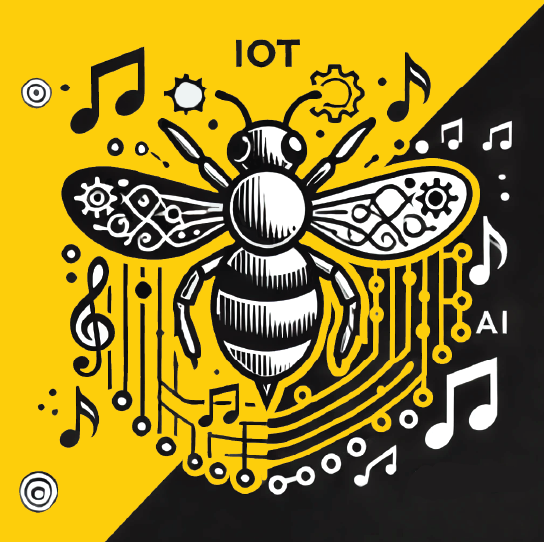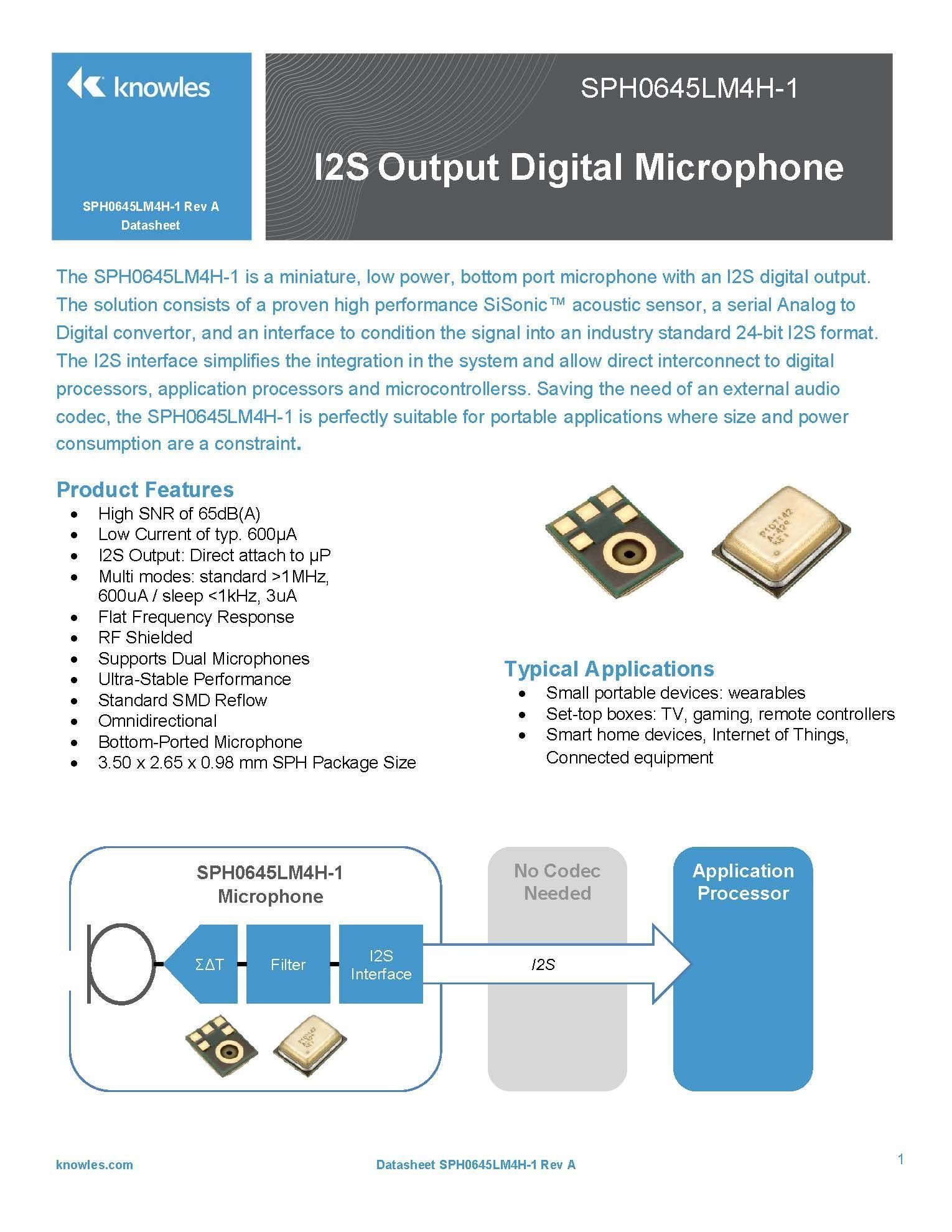Author name
It's called 'Destructor' for a reason
Controlling the parasitic mite Varroa destructor is critical to saving our honey bees and our livelihood.
Varroa destructor ("Varroa") is a parasitic mite that poses severe risks to honey bees. The mites initially attach themselves to the bee larvae and live off their hemolymph (bee 'blood'). They also attach themselves to adult bees. While their parasitation doesn't often kill the bee directly, these mites cause the bees to become weakened and more subject to disease. Diseases that can be transmitted by the mites themselves. The difficulty controlling Varroa is complicated by challenges in early detection. Our IoT device will help beekeepers by notifying them early in infestation so they can take action. This should help the colony maintain its health.

In modern beekeeping, maintaining the health of multiple hives across an apiary is a challenging task, often requiring frequent, intrusive inspections that can stress the bees and disrupt colony activities. By leveraging IoT technology, beekeepers can monitor hive health remotely, reducing the need for these disruptive checks. The concept involves placing sensors in each hive to measure critical parameters like temperature, humidity, CO2 levels, and sound. These sensors transmit data to a central unit—aptly named the "queen unit"—which collects and processes the information for real-time insights into each hive's condition. This setup allows beekeepers to identify issues early, such as the onset of swarming or the presence of pests like Varroa mites, without opening the hives. The centralized data collection not only simplifies hive management but also supports scalable monitoring across large apiaries, enabling proactive and less invasive care of the colonies.


